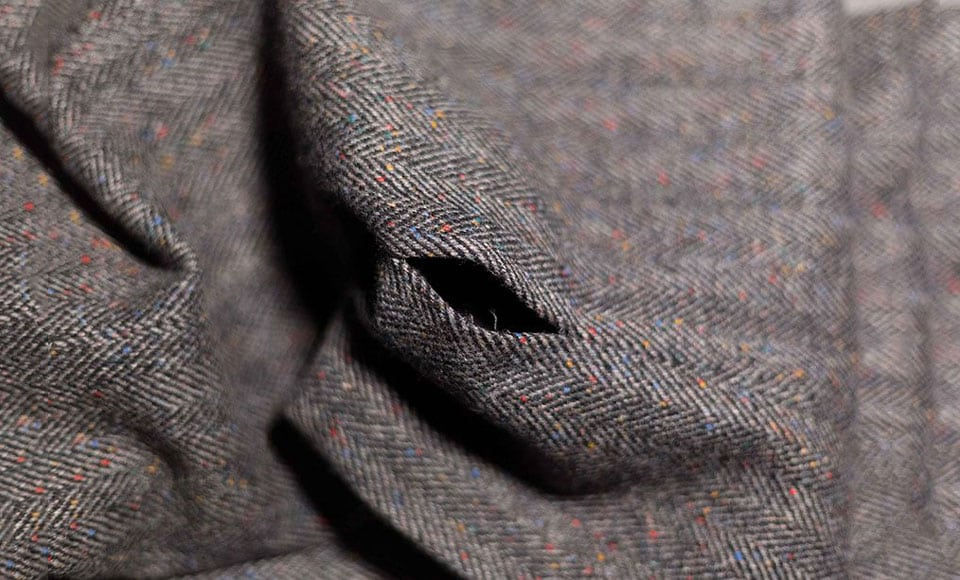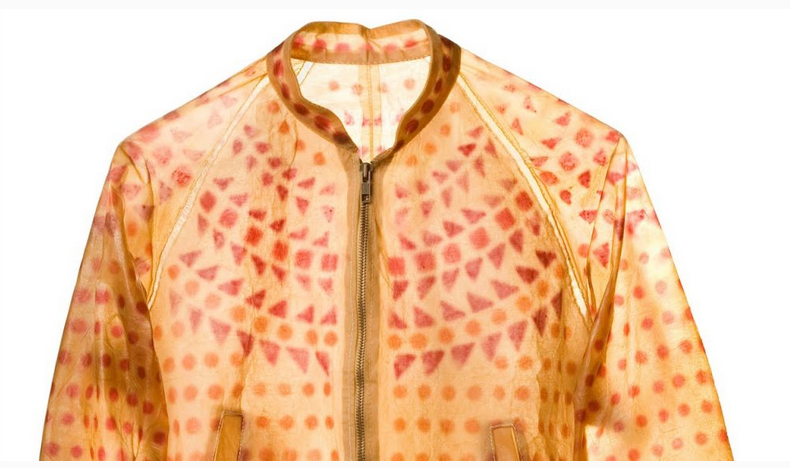I have no clothes to wear!!!
- Science-by-Trianon

- May 3, 2020
- 6 min read
Updated: Apr 10, 2021
This is Part I of a two-part mini-series on the environmental impact of fashion and the possible solutions. Part I deals with the social aspects, Part II will deal with the technological ones.

1. I love fashion

Being a woman that may not be overly surprising.
I also want to protect the environment. Being a scientist and a cosmopolitan that is likewise not overly surprising.
Fashion, however, does have a huge environmental impact.
It is responsible for ¼ of the total greenhouse gas emissions (which is 5 times that of the airline industry).
It is the biggest polluter of fresh water resources and quite energy intensive.
The industry uses up to 2000 chemicals (for cleaning natural fibers, as smoothing agents, as colorants,….) known to be harmful to human health (toluene and aromatics, phthalates, dichloromethane, etc.).
Some evaporate, some dissolve in water discharged in our environment, some stays in the fabric that we end up wearing. [1]
The social impact is none the better:
1/6 people around the word work in the apparel industry,
98% of them do not receive minimum wage
11% are children [2]
2. Our way of using clothes and fashion is not sustainable

The issues arise from:
How our products are made
Where our products are made
Where are they going to end up
The elderly amongst us can still remember a time in which it was not unusual to personally know ones tailor!
Today fabrics are woven at one location, cut at another, sewn together at a third, and shipped half-way around the globe where they end up in our hands.
3.Another challenge is our consumption of clothes

In 1960, an average American household spent over 10 percent of its income on clothing and shoes. The average person bought fewer than 25 garments each year. And about 95 percent of those clothes were made in the United States. [3]
Today, the average American household spends less than 3.5 percent of its budget on clothing and shoes.
Yet, we buy more items of clothing than ever before: nearly 20 billion garments a year, close to 70 pieces of clothing ppa, which is equivalent to more than one item of clothing purchased per week.
2 percent of these clothes are made in the USA. [3]
It will come as no surprise that the situation in Europe is comparable.
Whether we buy more clothes because their quality is lower than a few decades ago or whether the fashion industry has been successful in making the previous collection seem outdated in ever shorter periods is a moot point.
4. Adding to the environmental impact of the production of ever greater piles of clothes

Over half the garments produced are not recycled but discarded and end up in mixed household waste and are subsequently sent to incinerators or landfill sites where they contribute to the problems associated with management.
So, fashion has huge environmental impact along every step of the garments: production, use, and end-of-life treatment.
5. Can the consumer do anything about it?

Image by Gerd Altmann from Pixabay
In theory, yes.
The fashion industry moves 1.7 trillion dollars every year, so we can hit where it hurts.
It is just a question of wanting to buy better.
Hence, change resulting from changing consumer habits will be slow to arrive but for those of you who do want to make a change, here are six hints you can put in practice starting today:
Hint 1: Look at the labels and give preference to natural fibres

Cotton is no longer king, it has been replaced by polyester. As a matter of fact, 50% of our clothes are made in polyester now.
The problem in that cotton is a natural fibre, polyester is a synthetic fibre made of petroleum, i.e. non-renewable resources.
In addition, washing polyester clothes results in microfibres in the wastewater which ultimately accumulate in the fish we eat.
Cotton, on the other hand, is readily biodegradable.
Moreover, you need 125 MJ of energy to produce 1 kg of polyester. [4]
It is 5 times of what you need to produce 1 kg of cotton and twice of what you need to produce 1 kg of wool! You do the maths! [5]
And if you think that you cannot wear wool during the summer, you are wrong. You can wear wool, it just has to be the right kind of wool. As a matter of fact, wool fibers have a lot of creases and crinkles that allow for pockets of air. So that makes wool clothing light and breathable in the summer. [6]
In addition to cotton and wool, you can also try linen or other natural fibers available such as, silk, cashmere, hemp, …
So, prefer natural fibres over synthetic ones if you want to do your part for the environment.
So as not to appear as do-goody lifestyle dictators: There is absolutely no problem with having a nice satin blouse in your wardrobe: Buy it, wear it, keep it and once it has reached the end of its lifetime discard it in a clothes bank.
Hint 2: Check the quality before buying

So, we buy too many pieces of clothing of inferior quality.
Instead of buying 4 T-shirts for 10€ each, buy one T-shirt for 40€, that you will really wear!
Checking the quality of your garments is very easy.
Hold the material in two hands and stretch it a bit. If the shape of the material alters the fabric won’t last that long.
You can also check the seams. If they come apart already just because you give them a stern look — don’t buy it.
Hint 3 : Buy only what you love and will wear

More than 30% of clothes in European wardrobes have not been used for at least a year.
Why do we buy them then? Because the marketing is great!
So, be aware, and don’t let yourself be led to buy what you don’t need.
If you do not know how to do this, some people can help you. Martine Inack- Thieulin for example, give a methodology to women, to help them buy only what suits them, and what they will wear for sure in the future. [7]
Hint 4: Boycott the non-sustainable brands to make them change
To make a real difference, the boycott might be a solution.
The key to making a boycott works is not only to cease buying cheap, non- durable clothes, but to also put our money into recycled, good quality clothes.
It might cost more, but it is higher quality and garments are made by people in better working conditions.
This has worked before.
For instance, in 2013, Abercrombie & Fitch has seen some backlash after it was revealed that the company does not cater for plus sized women, and that the policy for hiring shop assistants was depending on candidate’s physical attributes.
In 2018 Dolce & Gabana had to endure a serious debacle because of a racist and discriminatory advertisement on Instagram. They had to cancel a major show run in China just hours before it was due to start and have been boycotts from models and celebrities.

Hint 5: Buy brands which publicly set up sustainability goals and try to reach them
Some are really well known.
Patagonia or Eileen Fisher look at everything from the fibres, to the dyes and finishes, and the ethics during the production process, to repairs and waste at the end of the life-cycle — and the list goes on. These brands buy back and resell their own label’s gently worn clothing so you can get it for a lower price in excellent condition.
Scabal works mainly with wool sourced from local farmers to be sure that the production of wool stays durable and sustainable.
Levi’s focuses on the finishing processes to remove water wherever possible.
And so on…
Give preference to brands that share their sustainability commitment, i.e. their plans AND actions.
Our final hint, and probably the most important one…
Hint 6: Be committed — Stay engaged
Changing our way of buying clothes will not happen from one day to the other but if we stay informed, committed and engaged, we can make a difference.
So, ask the producers questions.
Aware yourself of the work conditions of employees. Stop being a passive consumer.
If all the small brands and all the big brands make a change, the environment will be better, the conditions of worker will be better, our wardrobe will feel better (because less overcrowded).
We can all together make the fashion industry remodel itself to be both thriving and sustainable.
To be continued… In Part II we will take a look at the technological solutions being researched in the fashion industry.
______________________________________________________________
References
[1] Lacasse and Baumann, Textile Chemicals: Environmental Data and Facts; German Environmental Protection Agency, Springer, New York, 2004, page 609
[2] https://labs.theguardian.com/unicef-child-labour/ [Last accessed on April,30th, 2020]
[3] https://www.kqed.org/lowdown/7939/madeinamerica [Last accessed on April,30th, 2020]
[4] https://www.commonobjective.co/article/fibre-briefing-polyester [Last accessed on April,30th, 2020]
[5] https://oecotextiles.wordpress.com/2011/01/19/estimating-the-carbon-footprint-of-a-fabric/ [Last accessed on April,30th, 2020]
[6] https://www.dapperconfidential.com/summer-wool/ [Last accessed on April,30th, 2020]
[7] https://martineinackthieulin.com/livres/ [Last accessed on April,30th, 2020]



Comments